
This grandiose in scale and magnificent in execution, the picture was commissioned by the king. The reason for the order was the 100th anniversary of the establishment of the State Council in Russia. “This picture is great,” wrote the Russian philosopher V. Rozanov, “this is Carthage before destruction.” It was meant that literally in 2 years the First Russian Revolution happened, and all the pomposity of state officials acquired a somewhat ridiculous connotation in the eyes of the public.
Painting the picture lasted 3 years. Repin himself took 2 students – B. Kustodiev and I. Kulikov, who helped in writing separate sketches and the background of the picture. Repin wrote only the figures in the center of the foreground.
The picture includes 81 portrait images, each of which was written from life. K. Pobedonostsev, I. Goremykin, A. Ignatiev, N. Gerard and other prominent statesmen of Russia of that time are depicted with amazing expressiveness. Emperor Nicholas II himself is depicted in the background, his image is lost among the pretentiousness and brightness of the color uniforms of the officials. Repin set a condition for all dignitaries to pose for him in uniforms, in full brilliance, in the very hall in which the meeting takes place. When the refusals of this began, the artist declared his refusal to fulfill the order.
The distinctive feature of Repin’s paintings – to depict reality as he saw it – was also reflected in this picture. The artist showed the statesmen as despots and possessors. Their faces reflect cruelty, indifference, or cunning. The picture creates the impression that the viewer is involved in what is happening on the canvas.
 La reunión ceremonial del Consejo de Estado el 7 de mayo de 1901 – Ilya Repin
La reunión ceremonial del Consejo de Estado el 7 de mayo de 1901 – Ilya Repin Plowman. Leo Tolstoy on arable land by Ilya Repin
Plowman. Leo Tolstoy on arable land by Ilya Repin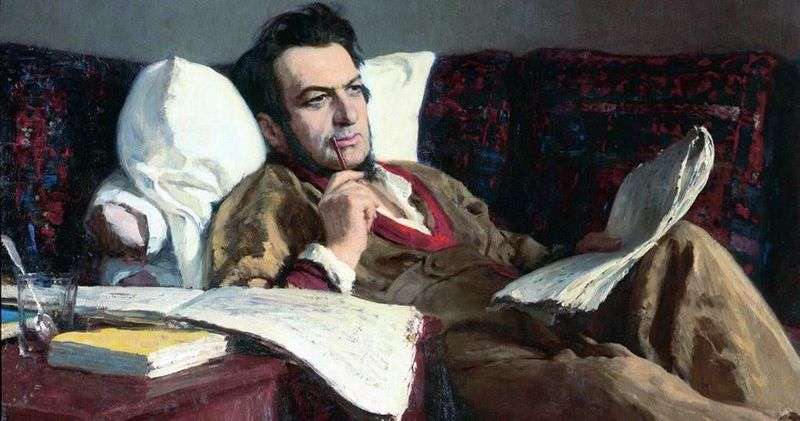 Mikhail Ivanovich Glinka in the period of composing the opera Ruslan and Lyudmila by Ilya Repin
Mikhail Ivanovich Glinka in the period of composing the opera Ruslan and Lyudmila by Ilya Repin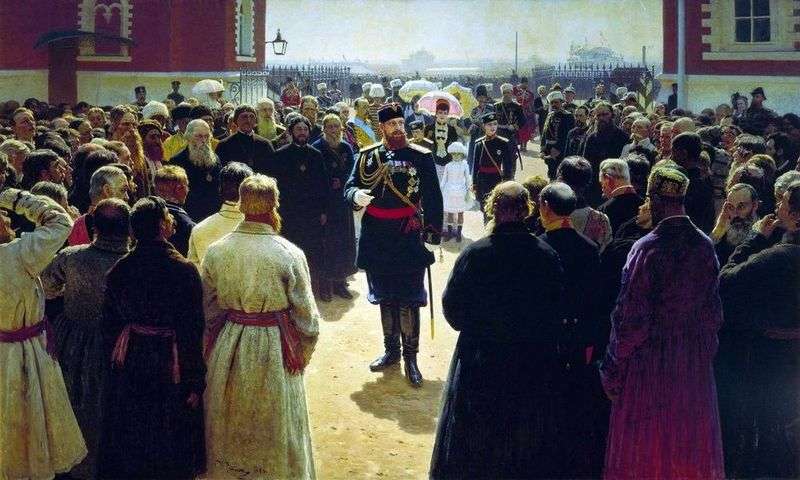 Reception of volost foremen by Emperor Alexander III in the courtyard of the Petrovsky Palace in Moscow by Ilya Repin
Reception of volost foremen by Emperor Alexander III in the courtyard of the Petrovsky Palace in Moscow by Ilya Repin Portrait of Anton Grigorievich Rubenstein by Ilya Repin
Portrait of Anton Grigorievich Rubenstein by Ilya Repin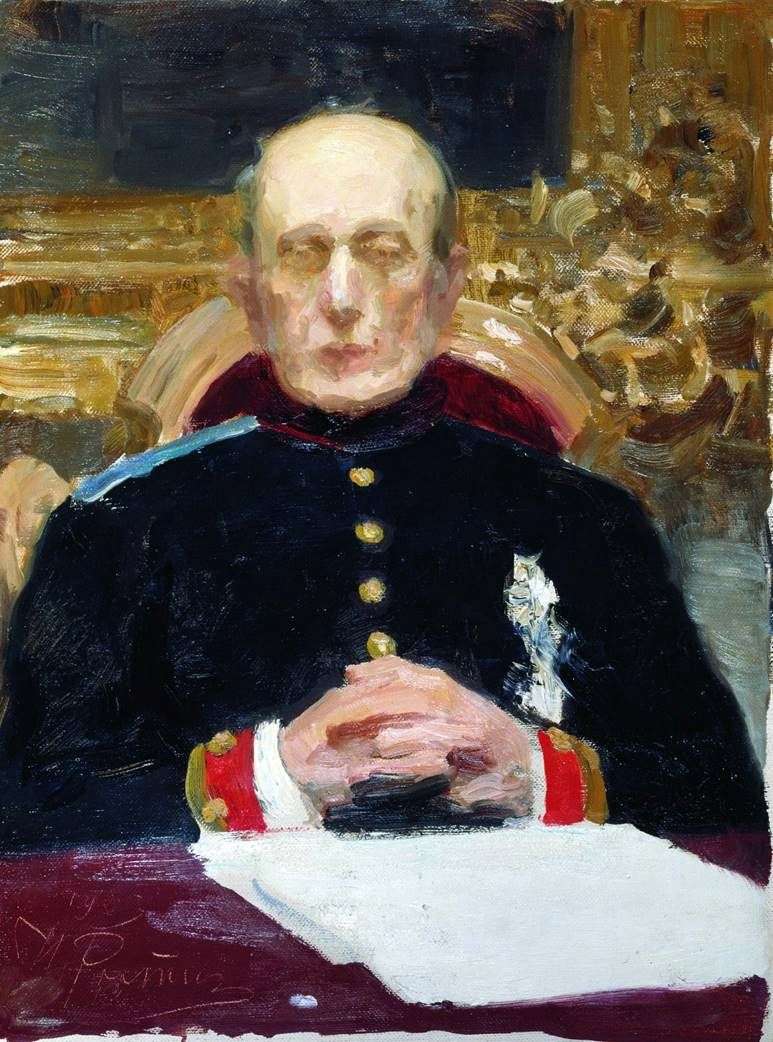 Portrait of K. P. Pobedonostsev by Ilya Repin
Portrait of K. P. Pobedonostsev by Ilya Repin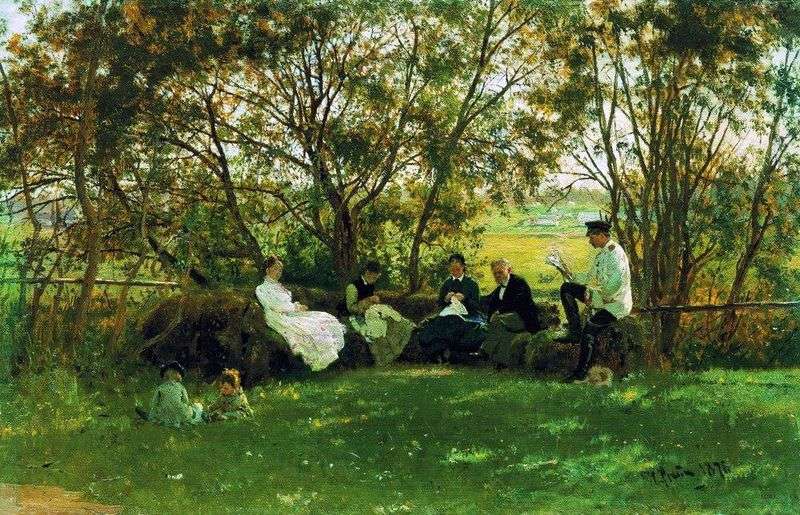 On the turf bench by Ilya Repin
On the turf bench by Ilya Repin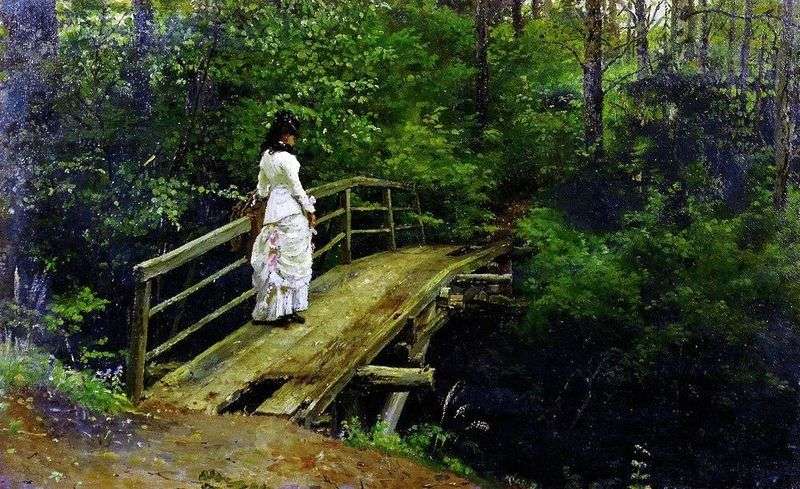 Vera Repin on the bridge in Abramtsevo by Ilya Repin
Vera Repin on the bridge in Abramtsevo by Ilya Repin